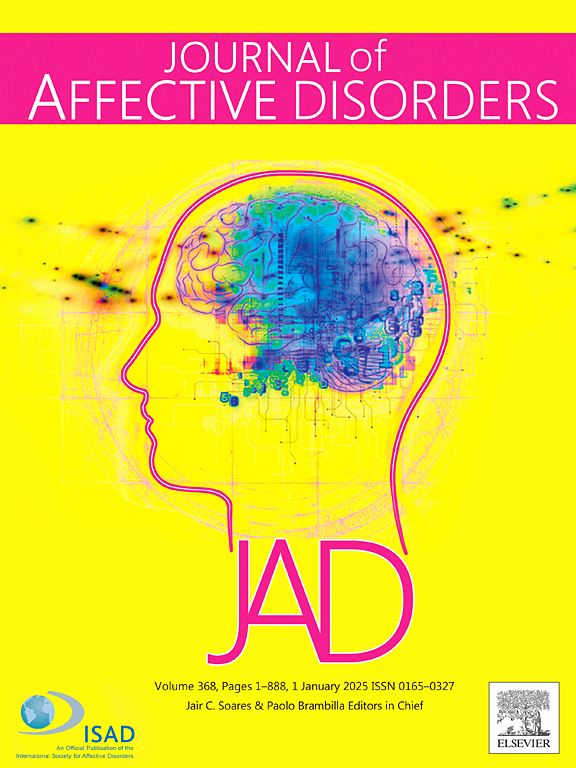Measurement of differential activation by heart-rate-variability for youth MDD discrimination
IF 4.9
2区 医学
Q1 CLINICAL NEUROLOGY
引用次数: 0
Abstract
Objective
Major depression disorder (MDD) is a common illness that severely limits psychosocial functioning and diminishes quality of life, particularly in young adults. Thus, it is imperial to identify MDD youth patients efficiently. This study aims to determine whether differential activation (DA) oriented recognizers can work efficiently.
Methods
This study collected heart rate variability (HRV) data and demographic information from 50 youth patients diagnosed with MDD and 53 healthy control participants. We developed six datasets, comprising baseline, stress, rest, differential activation period, Difference values between rest and stress period and combined dataset. From the provided data sets, we have developed machine learning models and also deep learning models. We then proceed to compare the performance metrics.
Results
Models that utilized DA period and integration data sets exhibited superior performance compared to others. The deep learning model based on Long Short-Term Memory model we developed demonstrated the highest performance among all the models in each data set. Specifically, in the integration dataset, the model attained a mean cross-validation accuracy of 0.806 (95 % Confidential Interval (CI) 0.785–0.827), with a mean Area under Receiver Operating Characteristic Curve of 0.805 (95 % CI 0.784–0.826) and a mean Area under the Precision-Recall Curve of 0.863 (95 % CI 0.848–0.878).
Conclusion
The combination of DA theory and HRV record provides a new insight and also an efficient way for youth MDD identification.
求助全文
约1分钟内获得全文
求助全文
来源期刊

Journal of affective disorders
医学-精神病学
CiteScore
10.90
自引率
6.10%
发文量
1319
审稿时长
9.3 weeks
期刊介绍:
The Journal of Affective Disorders publishes papers concerned with affective disorders in the widest sense: depression, mania, mood spectrum, emotions and personality, anxiety and stress. It is interdisciplinary and aims to bring together different approaches for a diverse readership. Top quality papers will be accepted dealing with any aspect of affective disorders, including neuroimaging, cognitive neurosciences, genetics, molecular biology, experimental and clinical neurosciences, pharmacology, neuroimmunoendocrinology, intervention and treatment trials.
 求助内容:
求助内容: 应助结果提醒方式:
应助结果提醒方式:


